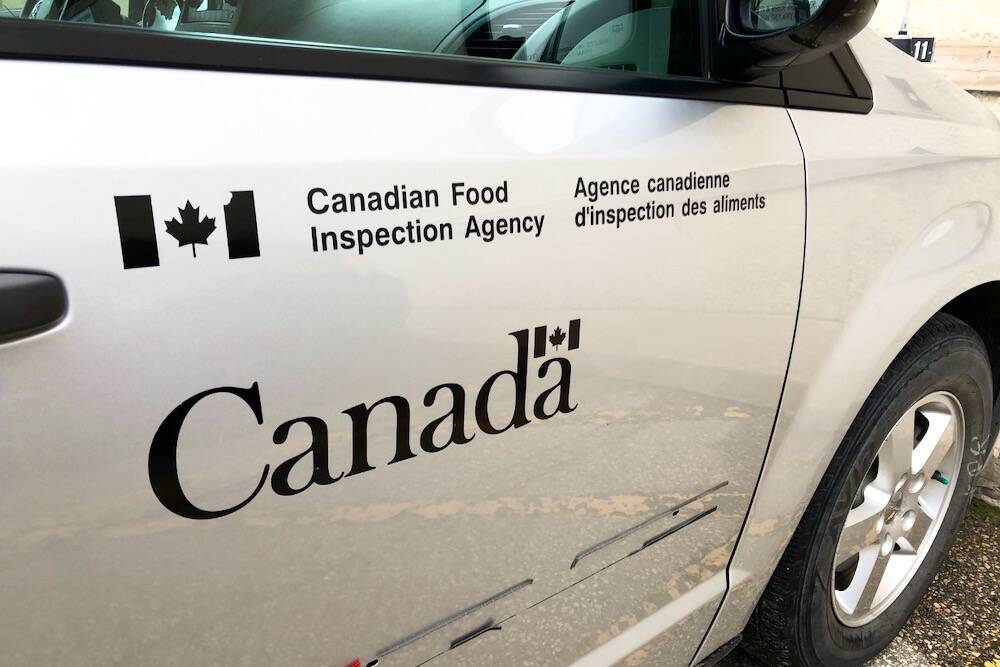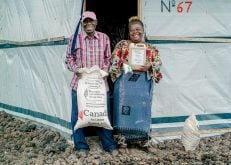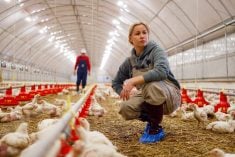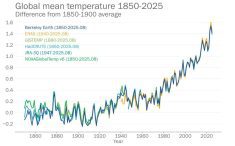Heavy rains last week brought needed moisture to parts of southern Saskatchewan, but about twice as much as farmers would have preferred.
Reported amounts were as high as 95 millimetres at Moosomin, more than 60 millimetres at Estevan and Lampman, and 70 millimetres at Leader.
“Kyle got (60 millimetres) in 45 minutes,” said Daphne Cruise, regional crop specialist at the Ag Knowledge Centre in Moose Jaw.
She said there were reports of localized flooding and roads under water but it was likely too soon to worry about too much crop damage.
Read Also

B.C. ostriches culled, CFIA confirms
Ostriches on an embattled Edgewood, B.C. farm have been culled after a prolonged legal battle, the Canadian Food Inspection Agency has confirmed.
Brian Fornwald, who farms between Lampman and Carlyle, said in low spots producers might lose crop but the rains have been variable and most crops are looking good.
“We would have liked about an inch-and-a-half less (38 millimetres),” he said. “We got just less than three inches (76 millimetres) in the last week-and-a-half.”
But it was drying quickly and as he checked crops he was more concerned about cutworm damage than the water.
Stan Lainton, at Bienfait, said it had been “horribly dry” until the most recent rains. First, just more than 25 millimetres fell and was almost immediately soaked up. Then, two days later nearly 60 millimetres fell.
“We needed it, but if one’s got a choice one would take one inch every two weeks,” Lainton said.
He too suspected some low spots might be lost but didn’t think it would be significant acreage.
In fact, this spring he finally recovered 200 acres lost to flooding since 2011. He had six quarters affected on the edge of that flood and has been slowly working to clean it up and reclaim it.
Lainton also said the pasture and hay crops needed the rain and are greening up nicely now.
Cruise added that, depending how long the water sat, reports of damage might come in, particularly for crops at the one-leaf or two-cotyledon stage.
“For such a young crop it wouldn’t take very long,” she said.
According to the crop report for the period ending May 30, topsoil moisture conditions on cropland were rated eight percent surplus, 86 percent adequate and six percent short. On hay and pasture, moisture was rated six percent surplus, 84 percent adequate, eight percent short and two percent very short.
Contact karen.briere@producer.com















